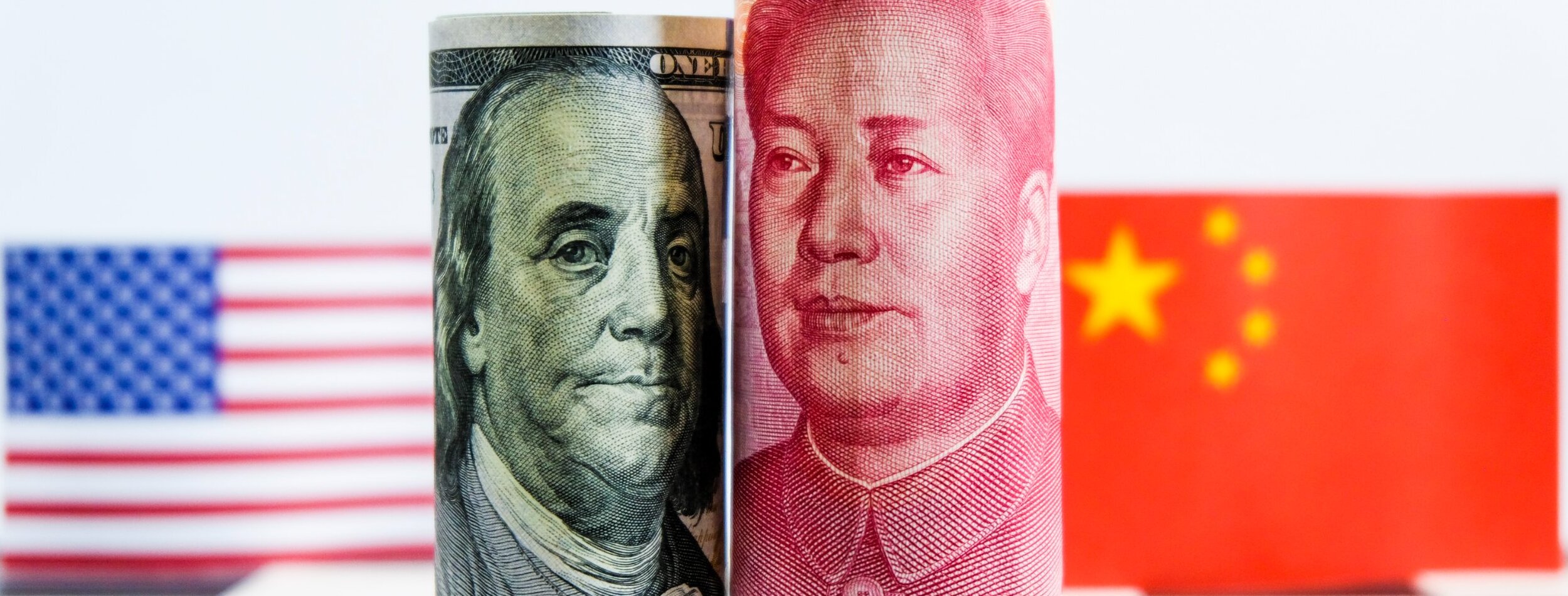Economy in China

Following years of low production in the first half of the century, China’s economy is in a period of major growth. It now stands as the second largest in the world, second only to the United States, and it grows by more than ten percent each year. Much of this success is through exports, which draws notice from foreign investors. In fact, such players pour as much as $100 billion into China each year. This allows the country to hire more workers and build new factories to fill with them.
Economic Growth Abroad
China’s real strength comes from its wisdom abroad. Chinese companies have invested more than $59 billion overseas, giving them a well-split and safe portfolio. As such, China has become a superpower – both politically and economically. This has changed the nation’s style of commerce with America and other standing powers and highlights differences between open and state-held market styles.
While still a communist country, China allows a great deal of power to companies to do as they will with their business. As such, nearly every major company has an office in China, including IBM, Apple, AT&T, Google, and even McDonalds. These groups believe China’s economy will continue to grow and by placing offices there they ensure they will share that growth.
Uprise in the Last 30 Years
The 1990s saw huge growth in the Chinese economy, fueled by huge exports, low inflation, and low interest rates. The state held large cash reserves, which it held as insurance in case of emergency. Yet the safety such money showed encouraged business and the growth rate of the country reached up to almost 10%.
China’s economy continues to prosper into the 21st century. The nation is saw a need to lower unemployment and took steps to provide even more jobs. By moving factories into rural areas, even distant parts of the country are stating to see the same industrial growth that cities have seen. Such efforts were part of the nation’s Five-Year Economic Program and sought to build what they called their “harmonious society.”
Exports, the long-held secret of China’s success, are no longer their only play in the game. They now possess a large home market and their GDP stretches to $6 trillion yearly. This rising economy allows China to continue investing directly in other nations, making moves such as buying U.S. Treasury securities. This policy, while fostering growth in both countries, benefits China through an increased share in U.S. finance. China’s economy is on a trajectory to continue growing, to create more jobs, and to reach further in global markets.
Uprise in the Last 30 Years
The 1990s saw huge growth in the Chinese economy, fueled by huge exports, low inflation, and low interest rates. The state held large cash reserves, which it held as insurance in case of emergency. Yet the safety such money showed encouraged business and the growth rate of the country reached up to almost 10%.
External Resources
Some external resources selected by The Translation Company for you:
- The Chinese Economy according to The Economist
- Bloomberg’s section on China’s Economy
Is it rising for good?
Or was it just temporary?
